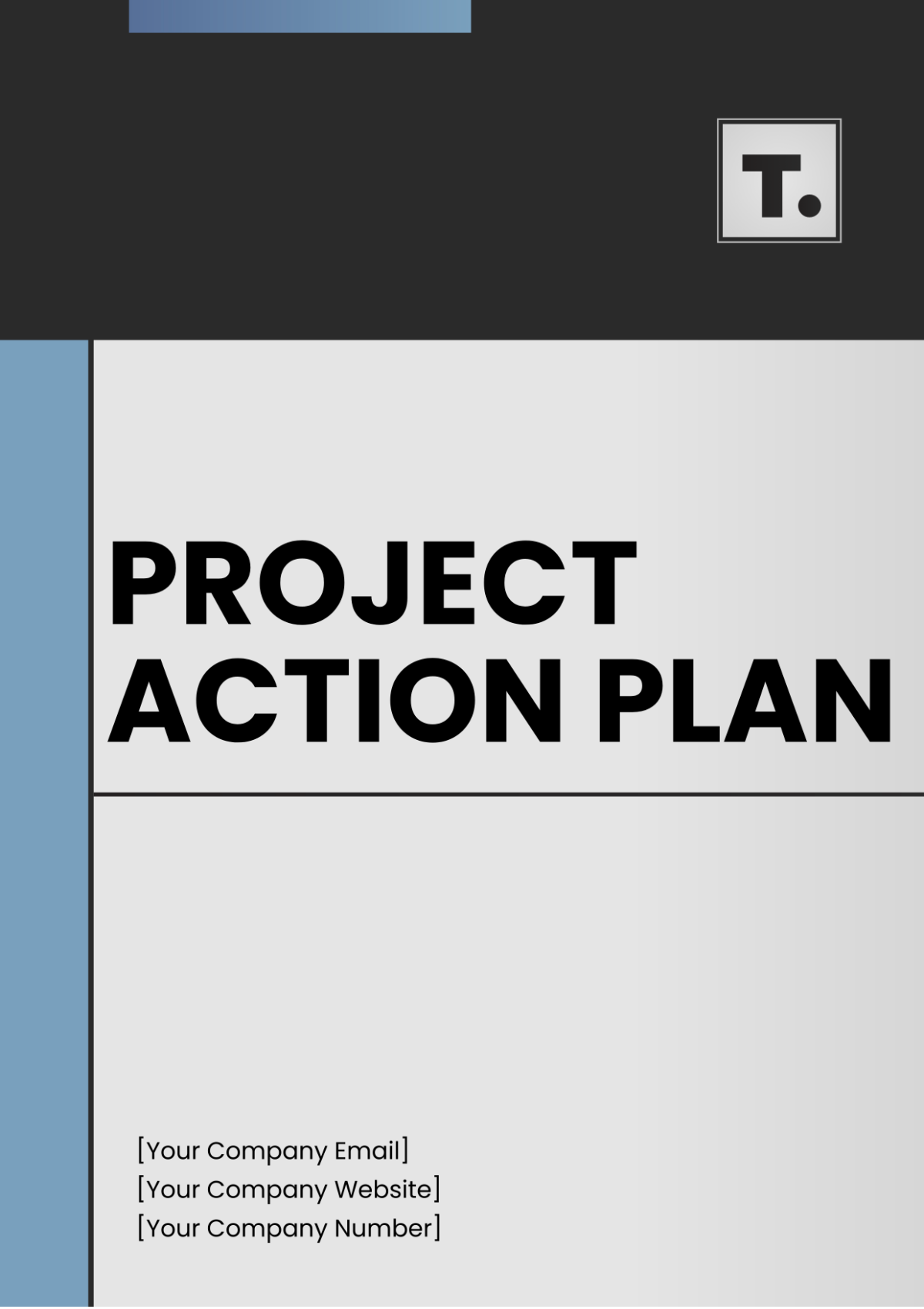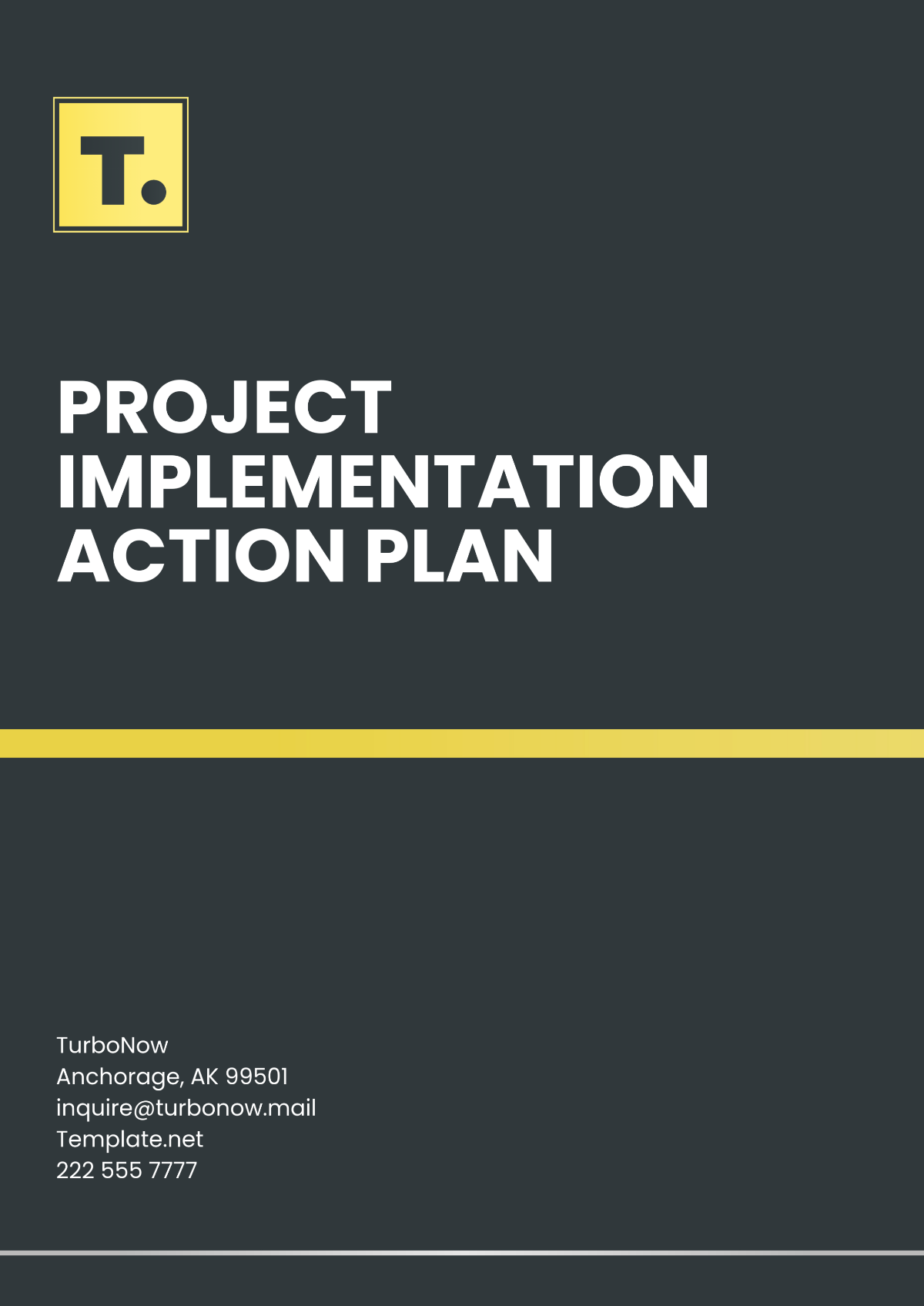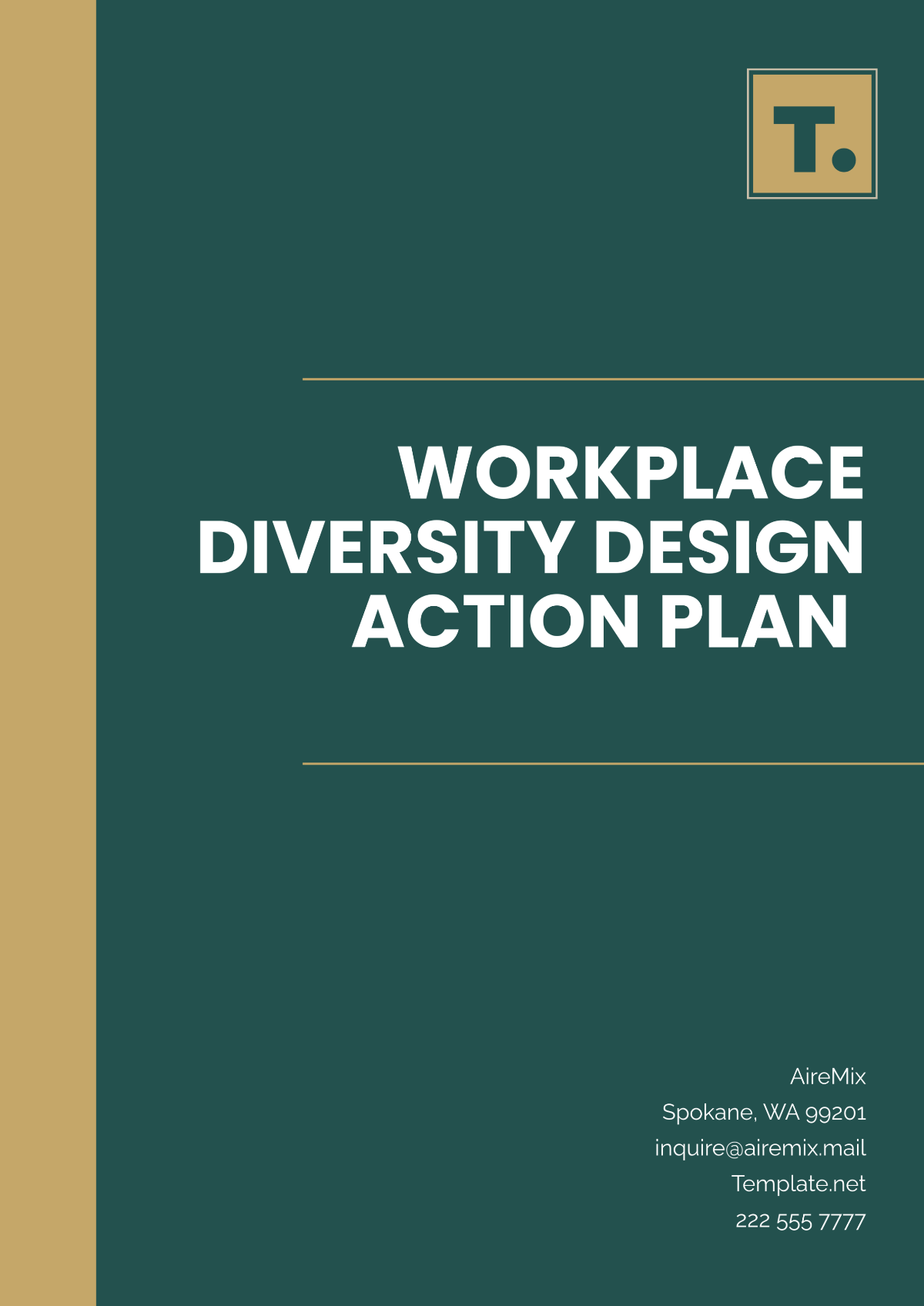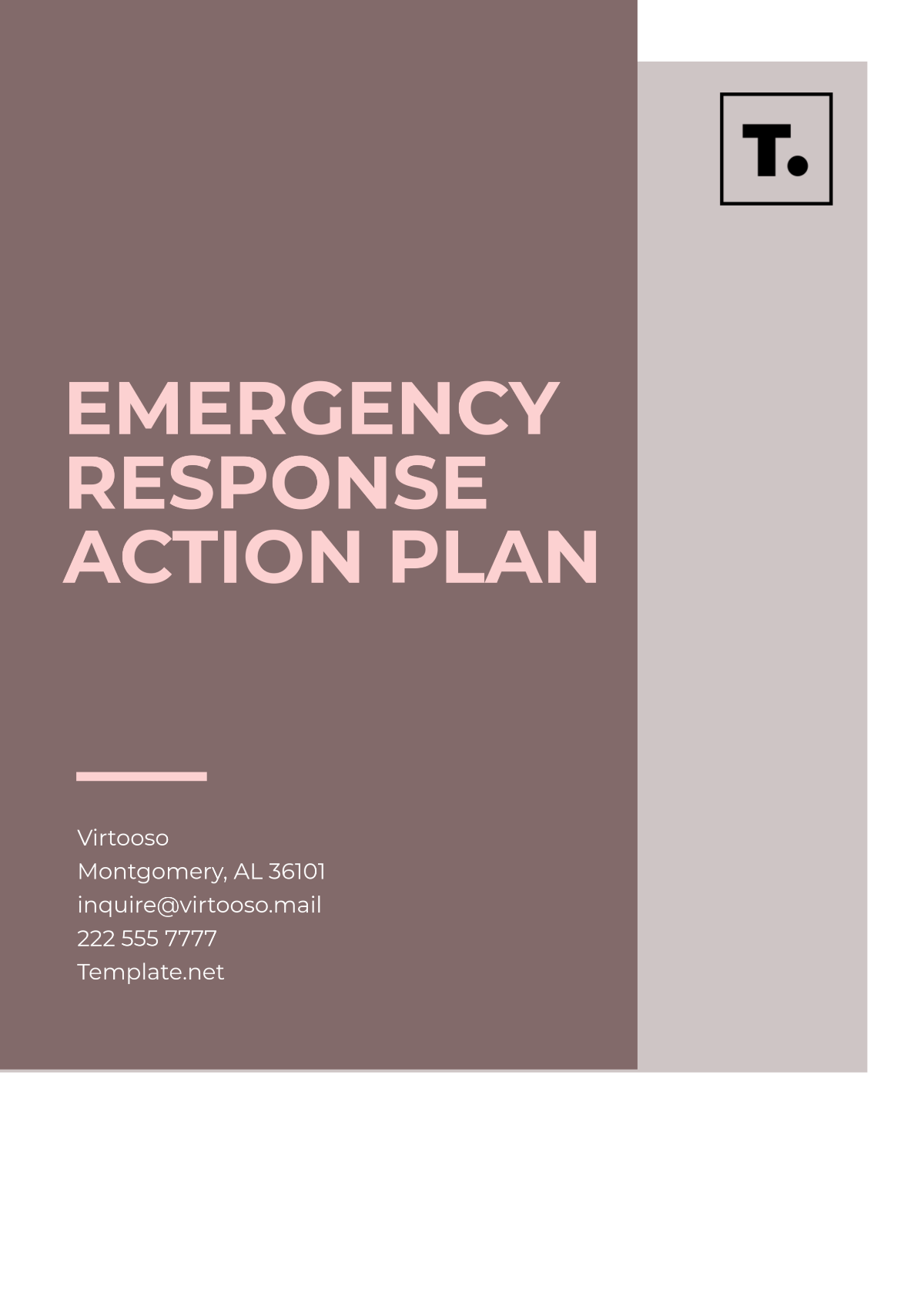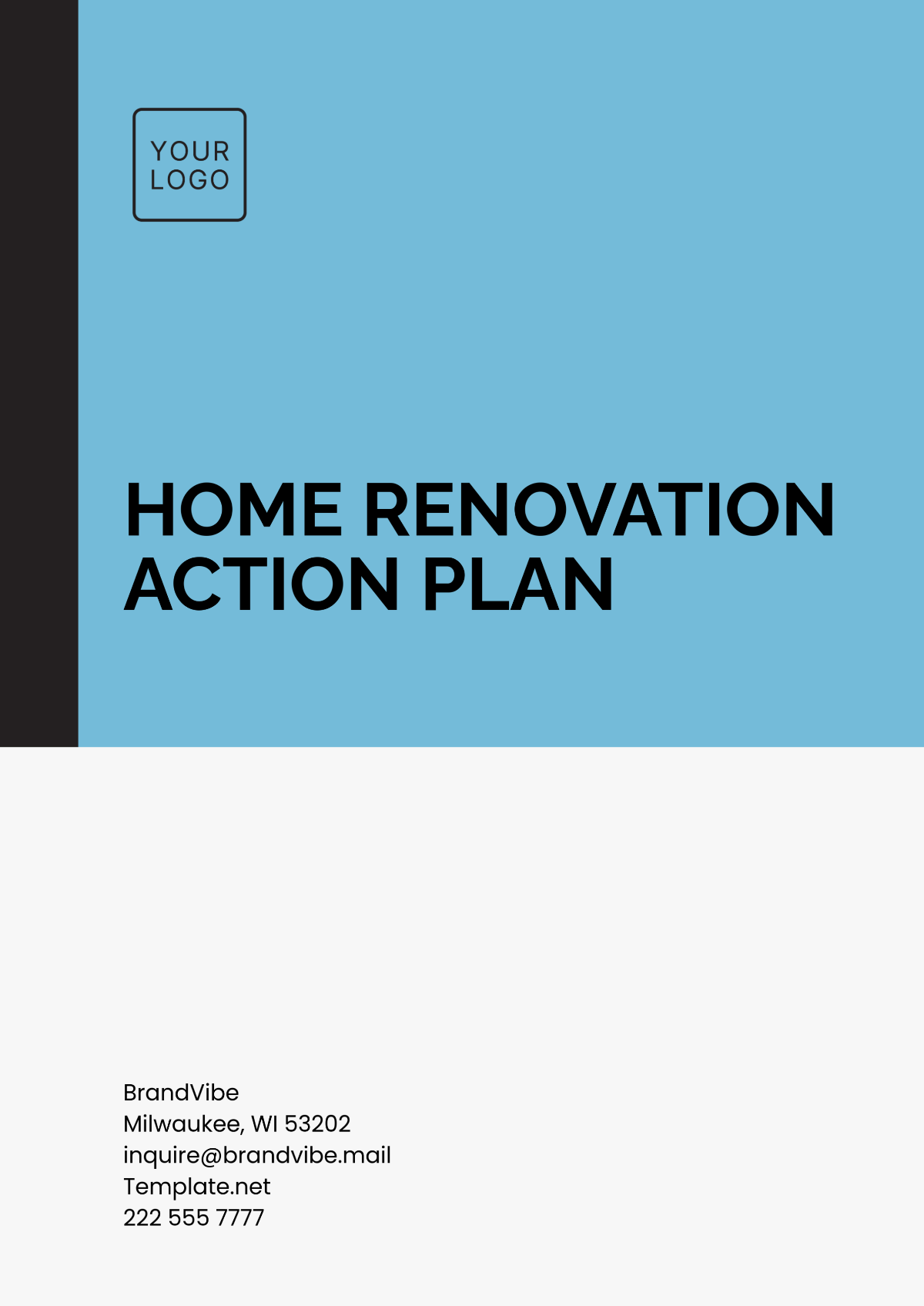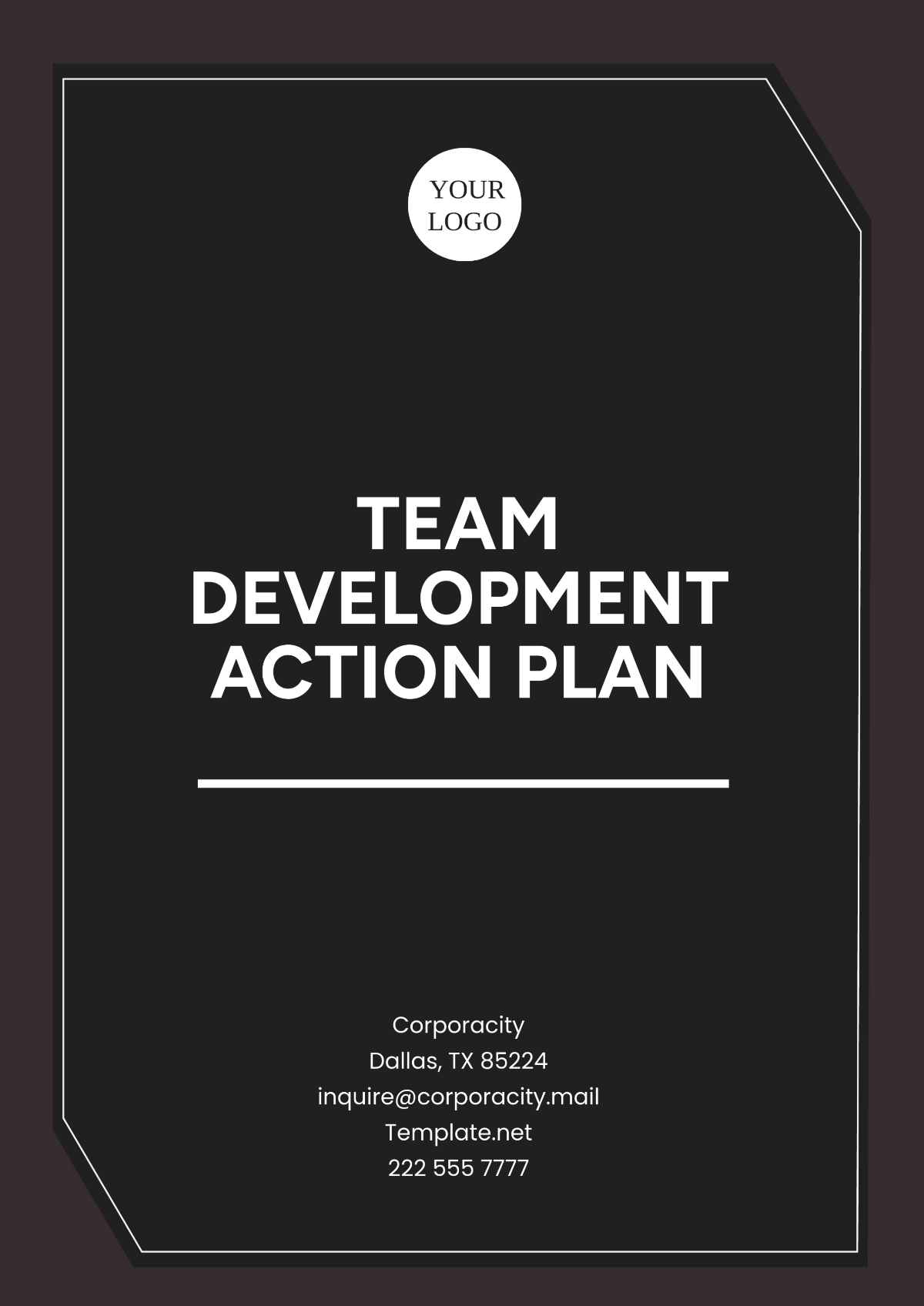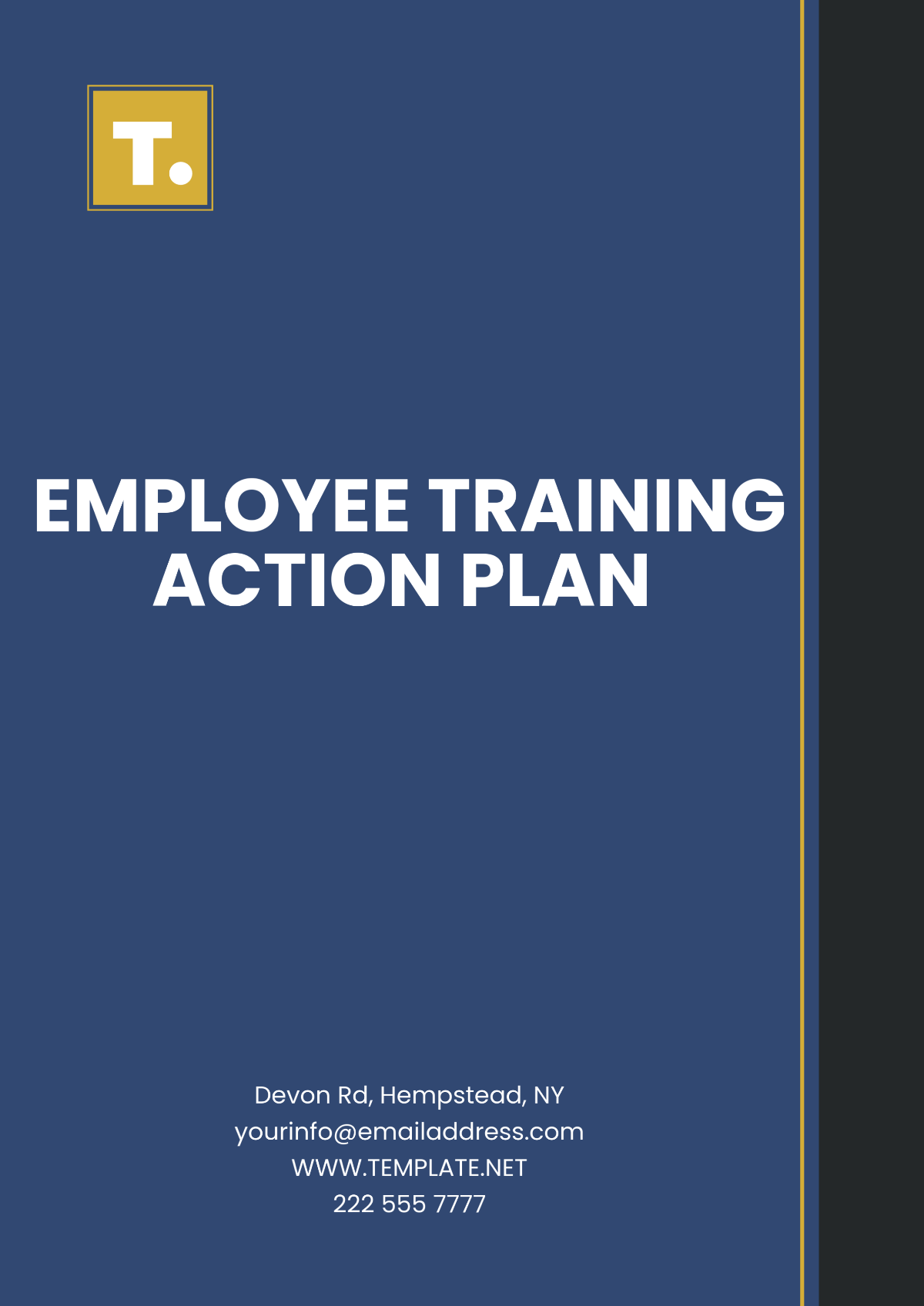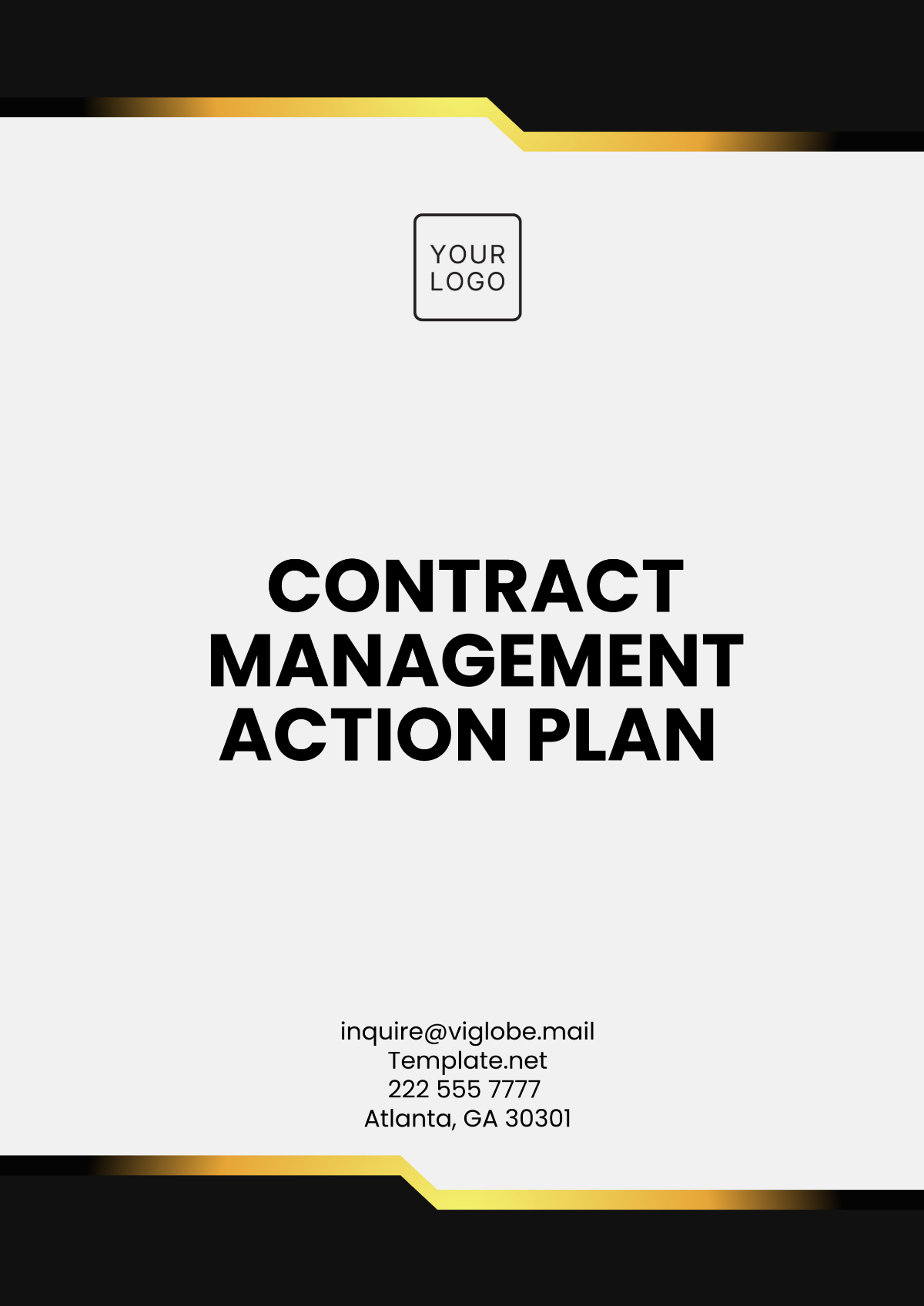Architecture Action Plan
I. Introduction
A. Overview of the Architecture Action Plan
This Architecture Action Plan aims to bridge the gap between business goals and IT strategies by providing a roadmap for aligning architectural initiatives with organizational objectives. It outlines a systematic approach to ensuring that IT investments and projects are directly contributing to business success.
B. Purpose and Objectives
The primary purpose of this plan is to maximize the value derived from IT investments by ensuring that they support and enable the achievement of business goals. Key objectives include improving agility, enhancing innovation, optimizing resource utilization, and mitigating risks through effective architectural governance.
C. Scope and Stakeholders
The scope of this plan encompasses all business units, departments, and IT functions within the organization. Stakeholders include business executives, IT leaders, architects, project managers, and relevant staff involved in architecture-related activities.
II. Current State Analysis
A. Assessment of Current Architecture
The analysis will delve into the strengths, weaknesses, opportunities, and threats associated with the organization's current IT architecture. This assessment will provide a clear understanding of the existing landscape and serve as the foundation for identifying areas where alignment with business goals can be improved.
B. Review of Existing Architectural Artifacts
This comprehensive review is designed to include a thorough evaluation of various essential elements such as architectural diagrams, associated documentation, prevailing standards, and established guidelines. The primary goal of this assessment is to verify and confirm that all pertinent artifacts are current, precise, and in congruence with the immediate business requirements and priorities.
III. Target Architecture
A. Vision for Future Architecture
The vision for the target architecture revolves around creating a flexible, scalable, and resilient IT ecosystem that can rapidly respond to changing business requirements. It will prioritize modular designs, cloud-native architectures, and the adoption of emerging technologies to drive innovation and competitive advantage.
B. Architectural Principles and Standards
Architectural principles that have been clearly defined will serve as a guiding force in the decision-making process, ensuring that there is consistency across various projects and initiatives. Additionally, standards will be established to enhance interoperability, bolster security, and ensure compliance with prevailing industry best practices.
C. Alignment with Business Goals and Strategies
Each element of the target architecture will be intricately connected to particular business goals, which include enhancing revenue growth, reducing operational costs, improving customer satisfaction, and expanding into new markets. The process of ensuring that the architecture aligns with these business strategies will be consistently observed and confirmed at every stage of the implementation process.
D. Key Drivers and Requirements
The foundational structure of the target architecture will primarily be influenced and formed based on crucial business drivers which include elements like digital transformation, focusing on customer-centric approaches, adhering to regulatory compliance, and enhancing operational efficiency. The process of gathering requirements will necessitate thorough and extensive collaboration with business stakeholders.
This collaborative effort is essential to accurately capture and address their specific needs and priorities, ensuring that the final architecture aligns with the overarching business objectives.
IV. Action Plan
A. Action Items and Initiatives
The action plan is going to encompass a comprehensive delineation of particular projects and initiatives which are specifically designed to align the architectural framework with the overarching business objectives. This may cover a range of activities such as optimization of the IT portfolio, rationalization of applications, modernization of infrastructure, enhancements in data governance practices, and the implementation of various cybersecurity measures.
B. Timeline and Milestones
A phased approach will be adopted for the action plan, and for each phase, clear timelines and milestones will be established. The milestones for each phase will be specifically defined based on the completion of key deliverables. These deliverables include activities such as architecture reviews, technology assessments, and the achievement of specific implementation milestones.
C. Resource Allocation
Sufficient resources encompassing budgetary allocations, staffing, and technological infrastructure will be properly dedicated to facilitate the implementation of the action plan. The distribution of resources will be strategically determined by prioritizing various initiatives, recognizing identified interdependencies, and considering the availability of expertise, whether from within the organization or sourced externally.
D. Risk Management
A comprehensive risk management strategy will be developed to identify, assess, and mitigate potential risks that could impact the successful implementation of the action plan. This will include risk identification workshops, risk registers, risk impact assessments, and the development of contingency plans to address unforeseen challenges.
V. Governance and Accountability
A. Roles and Responsibilities
Clear roles and responsibilities will be explicitly defined and assigned to all stakeholders participating in the efforts to align the architecture. This process will involve the creation of an architecture governance board, which will be chaired by the Chief Architect. The primary role of this board will be to provide oversight and make critical decisions regarding the alignment initiatives.
B. Communication and Reporting
A comprehensive and strong communication strategy will be put into place to guarantee that all stakeholders are consistently updated and actively involved during the implementation of the action plan. To monitor the developments, celebrate successes, and raise urgent problems when necessary, systematic and regular reporting processes will be set up.
C. Decision-Making Process
A decision-making process, characterized by its transparency, will be established with the objective of facilitating the resolution of issues and conflicts related to architecture in a timely manner. This process will include the steps of consulting with relevant stakeholders, conducting analyses that are driven by data, and ensuring alignment with the priorities and policies of the organization.
VI. Monitoring and Evaluation
A. Performance Metrics and KPIs
Key performance indicators (KPIs) will be established to meticulously assess the effectiveness and impact of efforts aimed at aligning architecture. These indicators may encompass a variety of metrics, including those associated with cost reductions, enhancements in revenue growth, improvements in operational efficiency, increased customer satisfaction, and greater agility in information technology.
B. Evaluation Criteria
Criteria will be established for evaluating the success of individual initiatives as well as the overall alignment with the architectural framework. This evaluation will incorporate both qualitative and quantitative measures, will involve benchmarking against recognized industry standards, and will include gathering feedback from various stakeholders.
C. Mechanisms for Monitoring Progress
Regular assessments and monitoring milestones will be systematically incorporated to accurately gauge advancements in accordance with the predetermined action plan, as well as to pinpoint any divergences or problems that may necessitate corrective actions. This process will encompass both monthly and quarterly reviews conducted with the architecture governance board, in addition to ad-hoc evaluations that will be undertaken as circumstances demand.
D. Process for Review and Adjustment
A systematic process will be put in place for reviewing and adjusting the action plan based on changing business needs, emerging technologies, or other external factors. This will involve periodic reassessment of business goals, architecture principles, and strategic priorities.
VII. Conclusion
A. Summary of Key Points
In summary, this Architecture Action Plan provides a comprehensive roadmap for aligning business goals and IT strategies through targeted architectural initiatives. By addressing the current state, defining a target architecture, and implementing a structured action plan, the organization aims to enhance agility, innovation, and value delivery.
B. Next Steps
The subsequent phases of the project entail carrying out the action plan in alignment with the predefined timeline and set milestones. This process will necessitate continuous collaboration, effective communication, and steadfast commitment from all stakeholders involved. It is essential that these efforts are made to guarantee that the architectural framework is successfully aligned with the overarching business objectives.
C. Acknowledgment of Contributors
We would like to extend our heartfelt thanks to all the stakeholders, architects, project managers, and staff members who have generously contributed their expertise, insights, and efforts to the development of this Architecture Action Plan. The dedication and collaborative efforts of everyone involved are absolutely crucial for achieving the desired outcomes and propelling the organization towards its strategic objectives.
